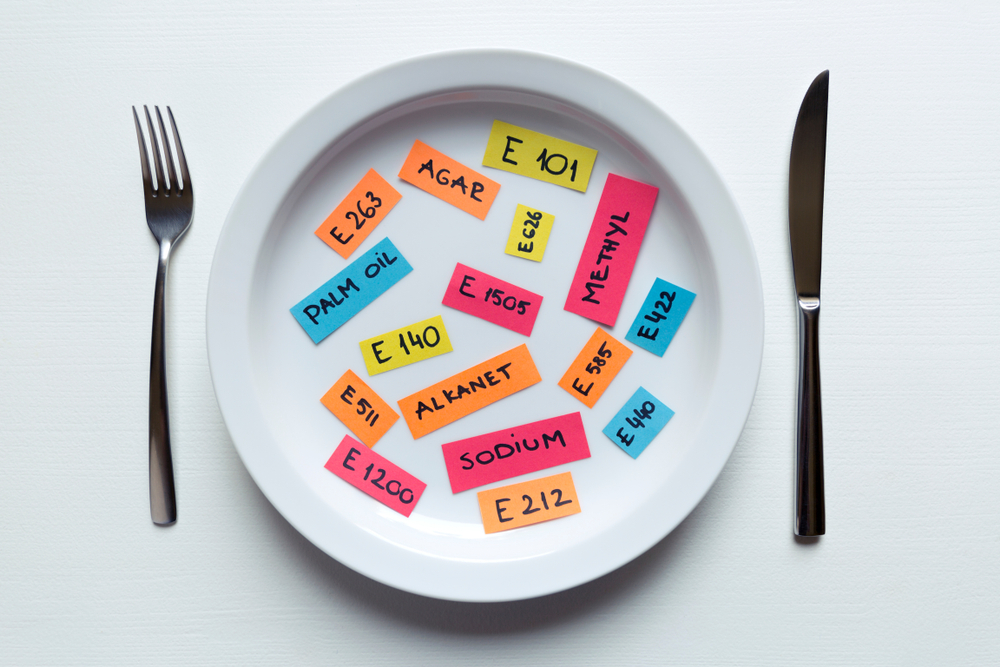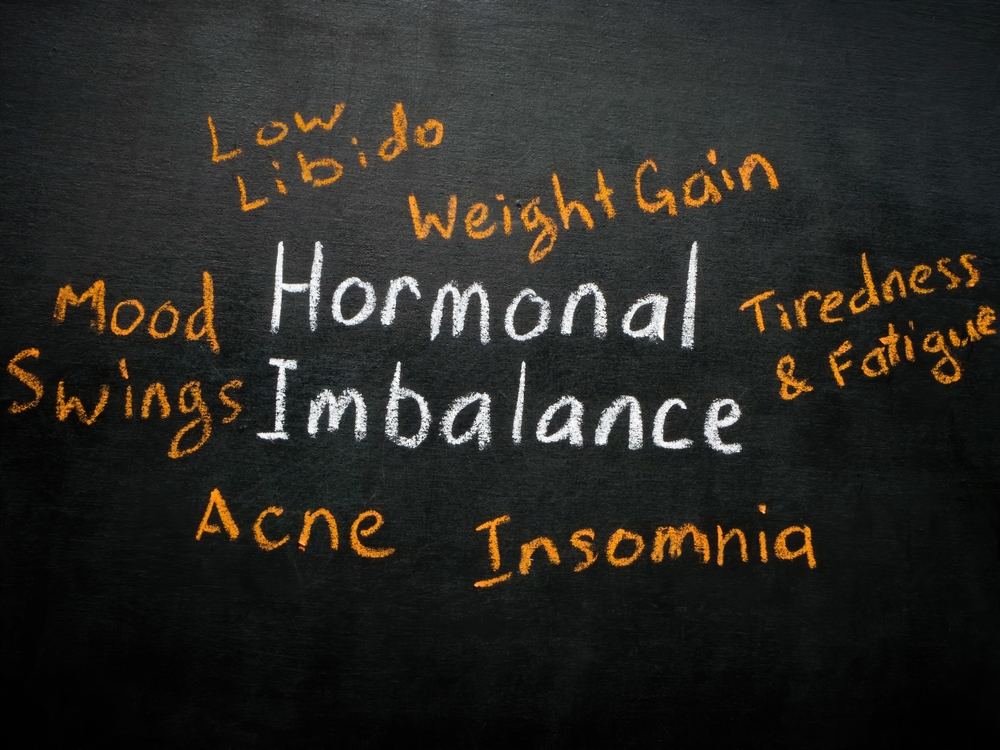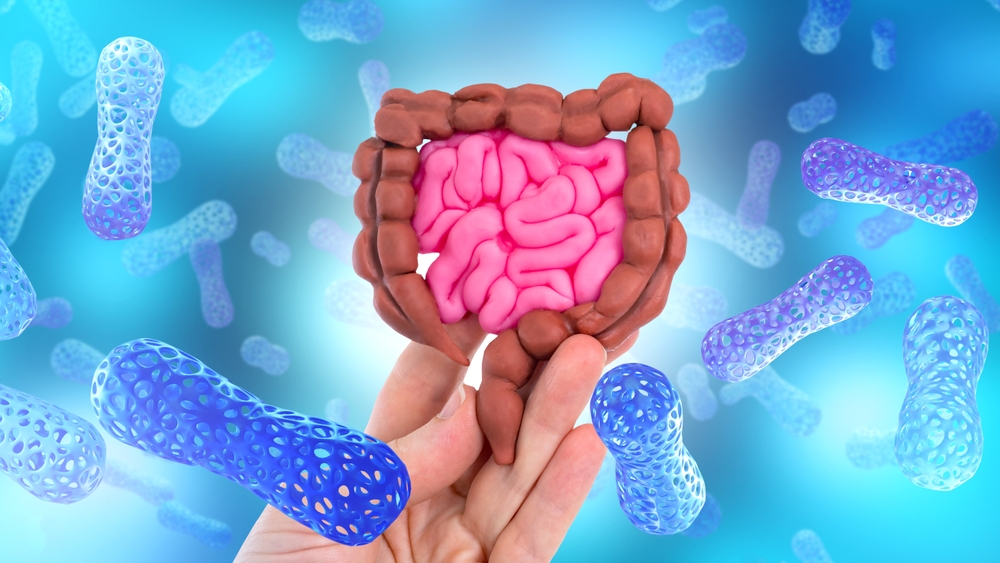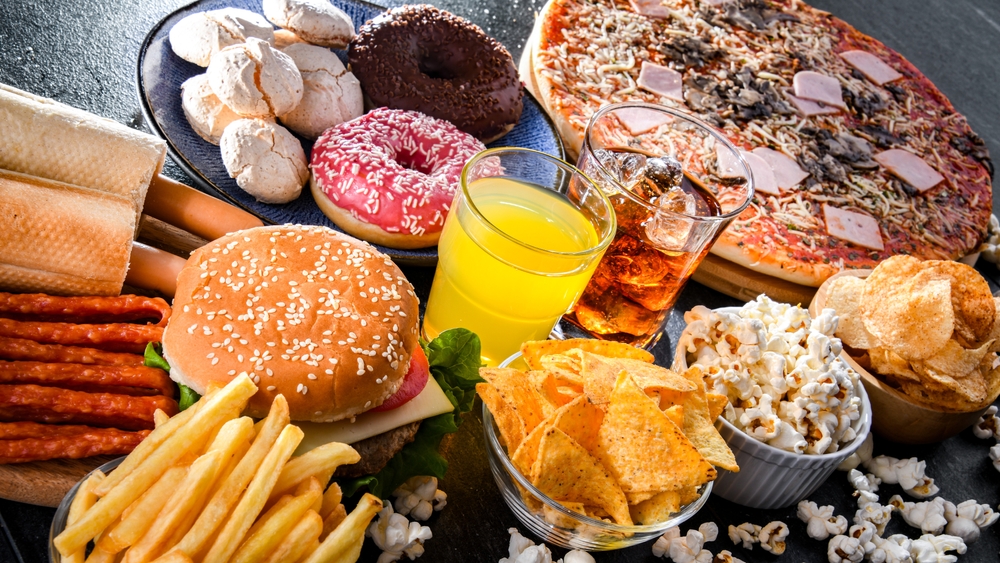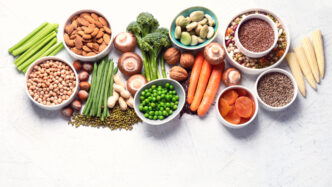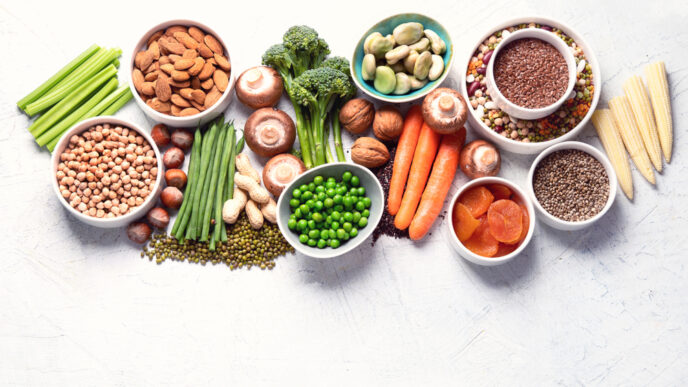WORDS TI MEI JUN & DR NURUL HUDA RAZALLI
FEATURED EXPERTS
 TI MEI JUN TI MEI JUNStudent of Master Clinical Nutrition Faculty of Health Sciences Universiti Kebangsaan Malaysia (UKM) |
 DR NURUL HUDA RAZALLI DR NURUL HUDA RAZALLISenior Lecturer Dietetic Programme Centre for Healthy Ageing and Wellness (H-CARE) Faculty of Health Sciences Universiti Kebangsaan Malaysia (UKM) |
More than 200 diseases, ranging from cancer to diarrhoea, are brought on by contaminated food that contains dangerous bacteria, viruses, parasites or chemical.
Malaysia had an incidence of 60 cases of food and water borne disease per 100,000 people, with 56% being food poisoning.
Hence, food safety is crucial to ensure that food, when prepared or consumed in accordance with its intended usage, would not harm consumers.
4 FACTS THAT WE SHOULD KNOW ABOUT FOOD ADDITIVES
- According to Codex Alimentarius Commission—also known as the ‘Food Code’ published by the Food and Agriculture Organization of the United Nations (FAO) and World Health Organization—any substance that is not typically used as an ingredient in food or consumed as food on its own is considered a food additives, regardless of its nutritional value.
- Food additives are added to processed foods to serve several functions, most prominently the prevention of food spoilage, improvements in flavour or texture and other desired qualities, and the provision of certain colours and flavours.
- Food additives are applied in the production and processing of almost all food types.
- Only specific foods may have food additives added to them, and only to the extent allowed by the Food Regulations of 1985.
EXAMPLES OF COMMON FOOD ADDITIVES
| Soybean | To maintain food consistency |
| Beet | A colouring agent |
| Tartazine | A colouring agent |
| Aspartame | An artificial sweetener |
| Monosodium glutamate (MSG) | A flavour enhancer |
| Lecithin | Thickening and stabilizing agent |
| Guar gum | Thickening and stabilizing agent |
| Benzoic acid | A preservative |
| Sorbic acid | A preservative |
5 TIPS FOR CONSUMERS TO REDUCE EXPOSURE TO HARMFUL ADDITIVES
- People with allergies or sensitivity to certain food ingredients should closely read labels when shopping for processed foods.
- Buy fresh and whole food to minimize exposure of food additives and contaminants.
- Proper storage and handling of food materials are crucial to prevent contamination. Wash and peel foods, such as apples and eggs, to remove dirt and pesticides.
- Purchase food from stalls that demonstrate good hygiene practices, such as covering and properly packaging their food.
- Buy food that is prepared fresh upon ordering, rather than food that was cooked earlier and not maintained at the appropriate temperature.
References:
- Halim, N. R. A., Mutalib, S. A., Ghani, M. A., & Hashim, H. (2024). Food safety regulations implementation and their impact on food security level in Malaysia: A review. International food research journal, 31(1), 20-31. https://doi.org/10.47836/ifrj.31.1.02
- Laganà, P., Avventuroso, E., Romano, G., Gioffré, M. E., Patanè, P., Parisi, S., Moscato, U., & Delia, S. (2017). The Codex Alimentarius and the European legislation on food additives. In P. Laganà, E. Avventuroso, G. Romano, M. E. Gioffré, P. Patanè, S. Parisi, U. Moscato, & S. Delia (Eds.), Chemistry and hygiene of food additives (pp. 23-32). Springer International Publishing.
- Lalani, A., Pouyani, N., Askari, A., Tavajohi, S., Akbari, S., & Jafarzadeh, E. (2024). Food additives, benefits, and side effects: A review article. Journal of chemical health risks, 1(1), 1. https://doi.org/10.22034/jchr.2023.1967340.1619
- Liang, X. (2023). Impact of food additives in ultra-processed food on human health. Theoretical and natural science, 6, 437-444. http://dx.doi.org/10.54254/2753-8818/6/20230321
- Ukwo, S., Udo, I., & Ndaeyo, N. (2022). Food additives: Overview of related safety concerns. Food science & nutrition research, 5(1), 1-10. http://dx.doi.org/10.33425/2641-4295.1052

